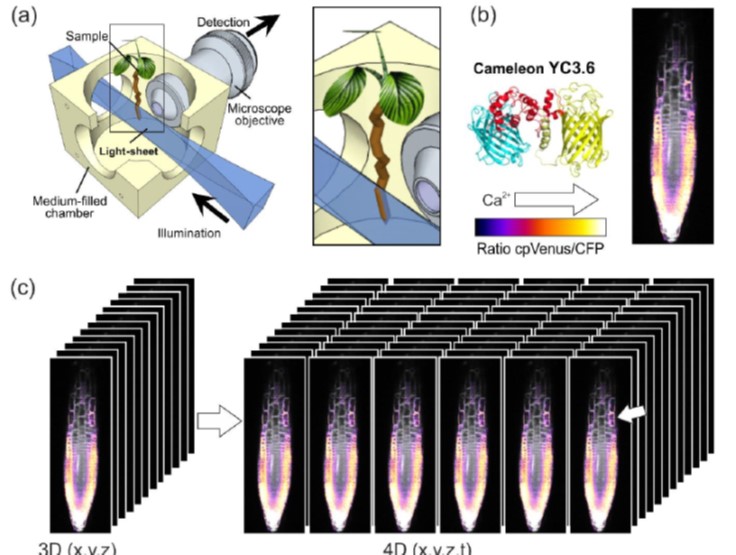
Review: Imaging technologies to uncover the role of Ca2+ signaling in plant nutrient homeostasis (Plant Cell Environ)
Plant Science Research WeeklyMaintaining nutrient homeostasis is ridiculously challenging, in large part due to the tremendous effects individual nutrients have on other nutrients’ uptake and action, as well as the interactions between nutrient homeostasis and environmental conditions. In order to maintain the “right” amount…

How to be an effective mentor
Plantae Webinars, Professional Development, Webinars0 Comments
/
How to be an effective mentor
Recorded July 25, 2019
About This Webinar
Being an effective mentor involves making yourself available to support and advise someone when they need it, delivering that support in a way that makes sense to them, and always keeping that person's best interests in…
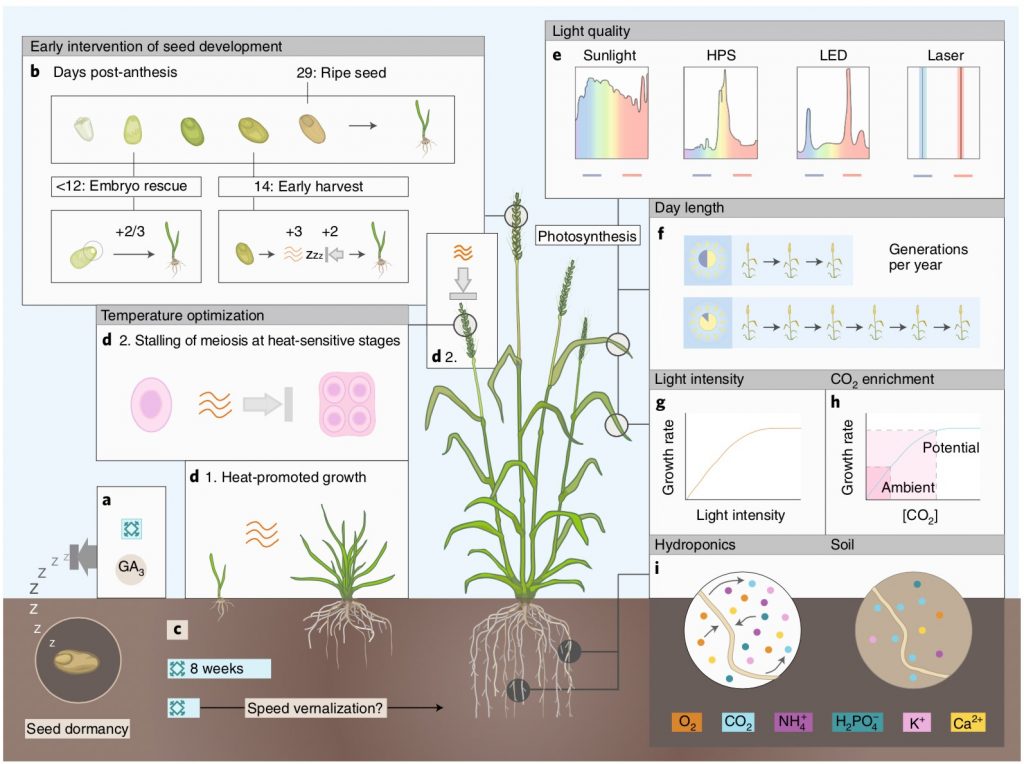
Review: Crop breeding technologies to feed the world (Nature Biotech)
Plant Science Research WeeklyThe world demands food, plant scientists and breeders have the challenge of feeding a growing population. In a recent review Hickey et al. summarize the state-of-the-art technologies used for crop improvement. In use since 2003, ‘speed breeding’ is a set of improved methods for fast-tracking plant…

Addressing fundamental questions in plant science through synthetic biology
Plantae Webinars, Research, Research Skills, WebinarsAddressing fundamental questions in plant science through synthetic biology
Recorded July 10, 2019
About This Webinar
In this seminar, we examined the role that synthetic biology can play in answering fundamental questions in plant science. In studying plants for the past hundred years, we’ve…

MapMan4: A refined protein classification and annotation framework applicable to multi-omics data analysis (Mol Plant)
Plant Science Research WeeklyRevolutions in omics technologies have rapidly increased the number of plant genomes, transcriptomes and proteomes available. However, protein sequences need to be assigned a biological function to provide useful insights for comparative genomics and transcriptomics. Here, Schwacke et al present MapMan4,…
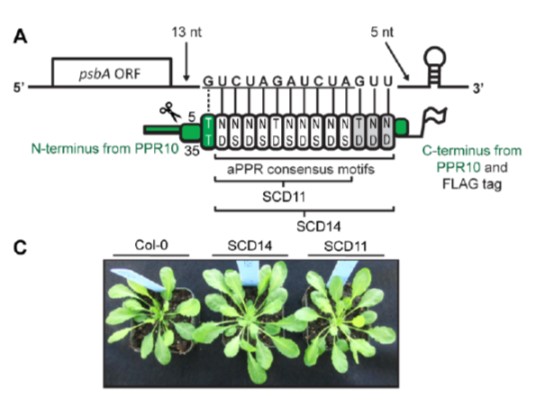
Designer pentatricopeptide repeat PPR protein as RNA affinity tag (Plant Cell)
Plant Science Research WeeklyPentatricopeptide repeat (PPR) proteins bind RNA, using a code in which specific amino acid motifs recognize specific bases, similar to TAL effector proteins. In plants, PPR proteins localize almost exclusively to mitochondria and chloroplasts, with functions including RNA, stabilization, splicing and…
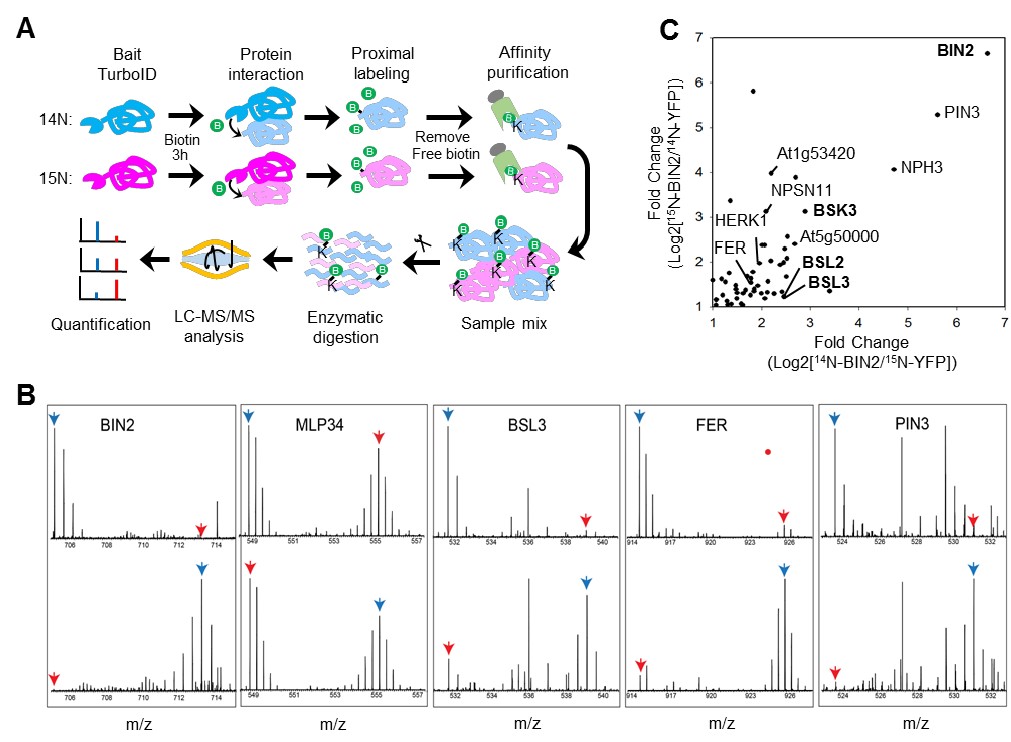
Application of TurboID-mediated proximity labeling for mapping a GSK3 Kinase signaling network in Arabidopsis (bioRxiv)
Plant Science Research WeeklyIn this preprint Kim et al., have provided an optimized method for determining protein-protein interaction in plants using TurboID-mediated labelling. TurboID is an engineered promiscuous biotin ligase that marks proteins it comes in contact with. Identification of interacting partners of a protein…
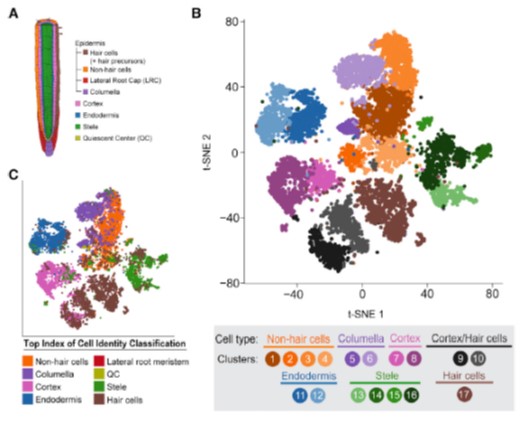
Drop-Seq for plants: High-throughput, single cell transcriptomics (Cell Reports)
Plant Science Research WeeklyDrop-Seq is an exciting high-throughput technology for single cell transcriptomics. Using microfluidics, single cells are encapsulated in drops with beads carrying “bar-coded” primers. The RNA from each individual cell is labeled with a unique primer code, then sequenced. Now, Shulse et al. have…

Data visualization: optimizing data exploration and illustrative storytelling
Plantae Webinars, Science Communication, WebinarsData visualization: optimizing data exploration and illustrative storytelling
Recorded May 21, 2019
About This Webinar
The field of plant biology is undergoing a revolution due to the enormous amount of data that is being produced, either by high-throughput sequencing or non-destructive…

